I had planned to do several hikes in Wyoming in the days
before my trek, including one around Brooks Lake, a short distance east of the Togwotee
Pass and the Continental Divide. My hiking guide places Brooks Lake in the
Absaroka Range, which is a little confusing to me since the mountain range east
of Yellowstone is the Absarokas, but the mountain range North of Yellowstone in
Montana is also the Absarokas. There seems to be a lot of Yellowstone’s plateau
in between.
Before the hike I took a detour to Dubois, a small town in
the Wind River Valley, for the evening since there’s nothing around Brooks
Lake. The swank Brooks Lake Lodge only serves food to members. I went to the
National Bighorn Sheep Center, a wildlife museum in town and then searched for
a place to eat. You’d expect something to be open in summer in a town of 900 on
along a tourist trail to Yellowstone and the Tetons. But no, it was Wednesday
and all the restaurants in town were closed for the day. The Outlaw Saloon was
open, though, and had good beer and decent WiFi, but the only food available
was corndogs.
I don’t think I ever had one before, but now I get their appeal.
While Teton County and the national parks are quite strict on the whole
Covid-19 mask-wearing and social distancing deal, the rest of the state is not.
I don’t think I saw a single mask in the bar or the whole town. I’ve always said going to Wyoming is like
going back 30 years in time, but now it also feels like going back just six
months in time
I stopped at Brooks Lake ten years ago on a road trip to the
region and was impressed with the scenery. I’m not clear on the geology, but
the Absaroka Range strikes me as having some especially jagged eroded peaks,
the impressive ones just to the east of Brooks Lake named the Pinnacles, and another
wall of rocks stands to its west. It’s all about five miles off highway 287 via
a good dirt road. Brooks Lake campground is the trailhead for several hikes
into the surrounding area. I decided to do the one to Upper Brooks Lake and
Bear Cub Pass, a surprisingly easy and nearly level 8-mile round-trip walk
through meadows and forests to another lake and a divide between two river drainages
that’s only involves a few vertical feet of climb.
Unfortunately, the poor
visibility because of smoke from forest fires in California detracted from the
beauty – the area didn’t look as enchanting as it did under bright skies on my
first visit ten years ago.
The smoke was if anything even thicker on the following two
days in Jackson Hole and Grand Teton National Park. What’s the point of hiking if you can’t see
anything? It’s probably not even healthy
to do so when there is so much particulate matter in the air. I did a short 2-mile
walk along the shore of Jackson Lake at Coulter Bay and could barely make out
peaks across the water. Ditto on my
drive on the main park road where the Grand Teton was barely visible through
the haze. I’ll leave my planned hikes in
and around the park for another time.
Jackson is unfortunately a madhouse during the summer
months, almost an urban environment of crowds in town and at the trailheads and
traffic along roads throughout Jackson Hole. I know to try to avoid it during
July and August. Crowds combined with the mask regulations were good reason to
escape for a day and night, so I drove 30 miles south to Alpine in the Star
Valley in Lincoln County where I spent the evening at an outdoor bar/restaurant
adjacent to an RV campground where I was able to stay for the night for $10.
I
have to admit to finding the people there to be mostly quite trashy. “It’s like
a village of idiots!” to steal a line from a John Waters movie.
My favorite line from the night I overheard at the bar between
a drunk woman and two men as I was inside to charge my phone, computer, and
camera batteries. The young woman asked
the men where they were from, to which they responded Rock Springs. Her response was, “Oh, I love Rock
Springs! I got ruffied there once.” I lost
it, completely unable to control my laughter.
In Jackson I faced somewhat of a predicament. I was meeting
my tour group there for the trek, but what do I do with my car for a week? The tour company provided no answers other
than there was long-term parking at the airport about 12 miles north of town
for $17 a day, or some motels might let you leave your car for the week if you
book with them. Basic motel rooms are like $250/night in summer in Jackson,
though, and there’s no way I’m going to stay in one at that rate just to park
my car for a week. And parking at the airport would require a shuttle back and
forth to town.
Municipal parking in town is limited to 48 hours. Meanwhile,
most public lots in the area all have “No Overnight Parking” signs around to
keep riffraff like me from car camping instead of paying for overpriced accommodation.
So what to do? On my
way back toward Jackson from Alpine I spotted a rafting company along the road with
lots of cars parked around. “Hmmmm, now that’s the kind of business that might
let me park there!” I went, explained my
predicament, and inquired if they knew of any place I might be able to park for
the week. It didn’t take long until they
offered the field behind their store, and we negotiated $10/night for six
nights. Done deal, and it was right along the route to the Wind Rivers for the
tour company’s van to pick me up in the morning.
The meet and greet for the trip was held outdoors in Miller
Park in Jackson where we got assigned our backpacks and camping gear for the
trip. The trip leader was a woman named Jenn, and the six passengers were all
men in my age range or older with the exception of the 29 year-old son of one
the older dudes. Looks to be a great
trip!

 Brooks Lake, Wyoming, United States
Brooks Lake, Wyoming, United States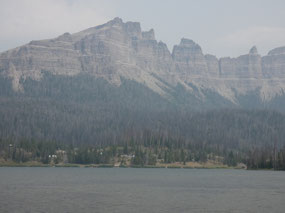
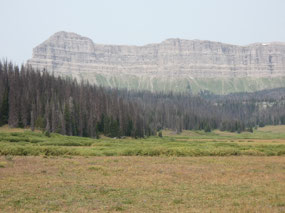

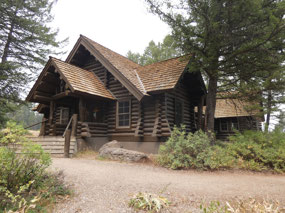
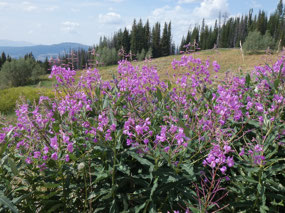

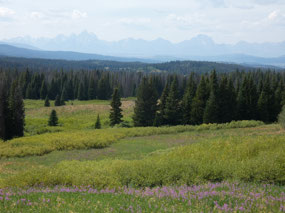

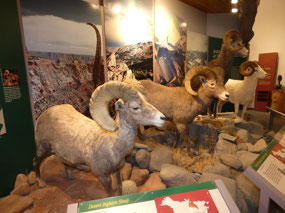
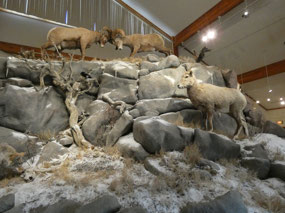
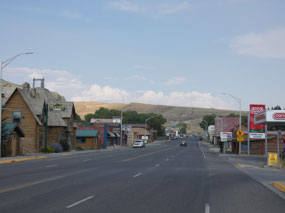
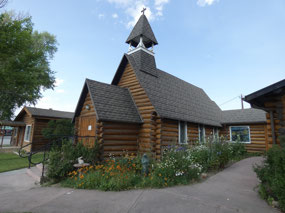
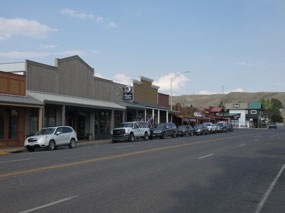


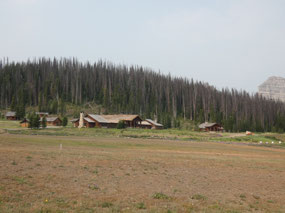
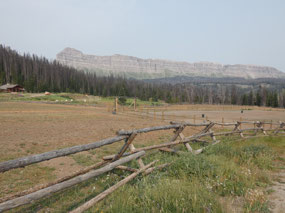
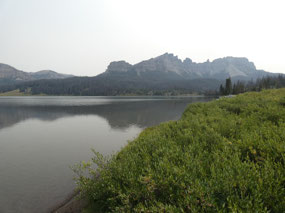
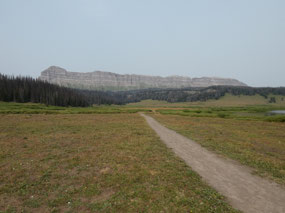
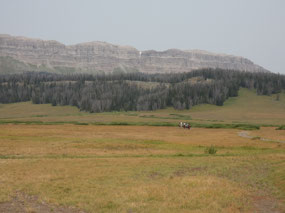
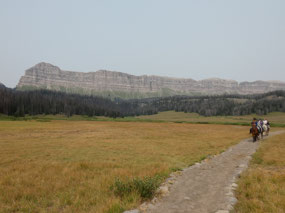
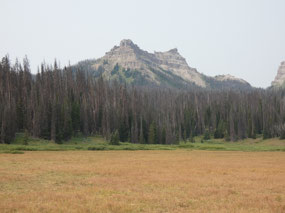
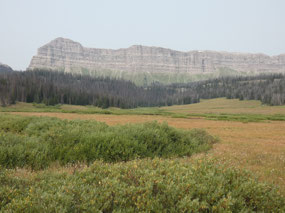


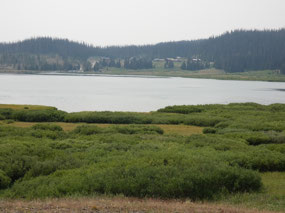
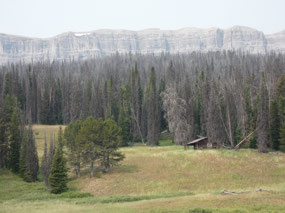
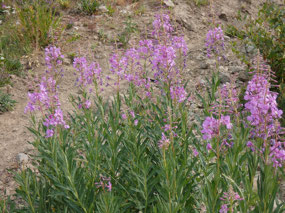
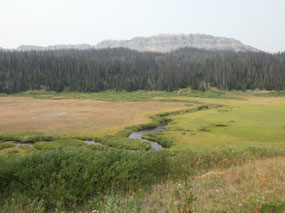

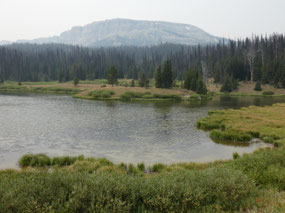
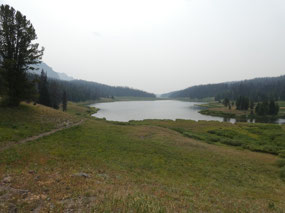
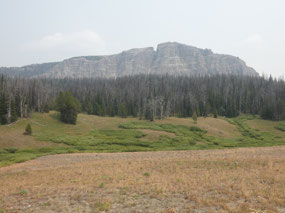
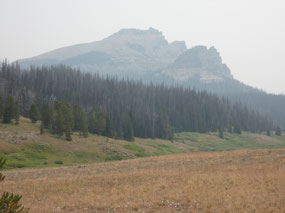
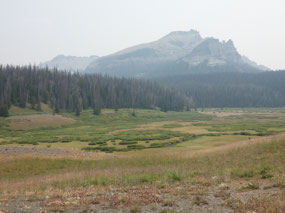
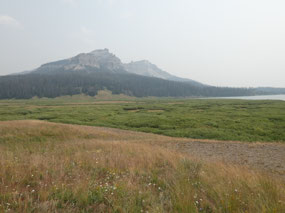
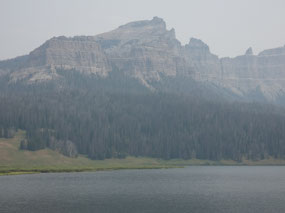
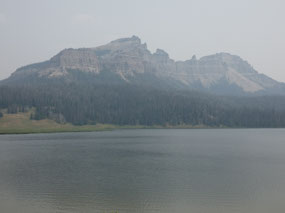
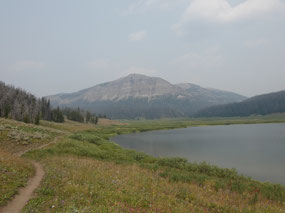
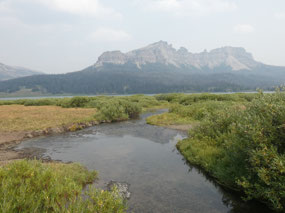
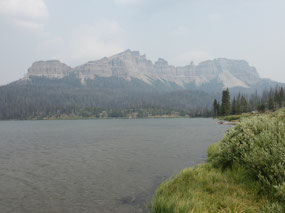
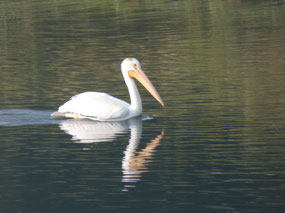
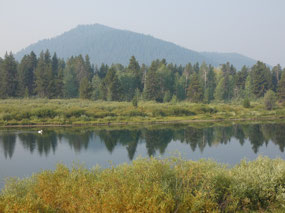
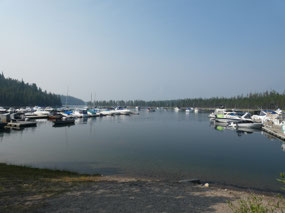
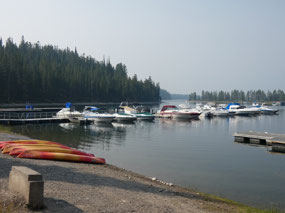
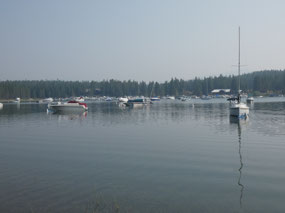

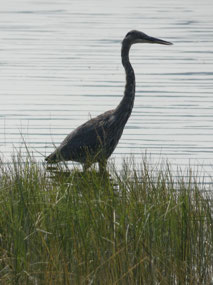
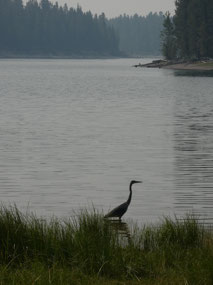
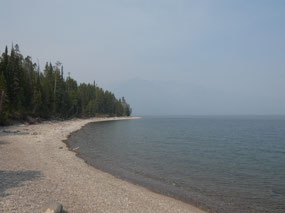
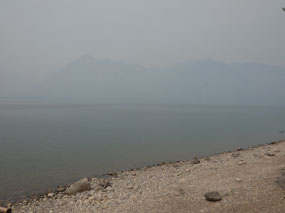
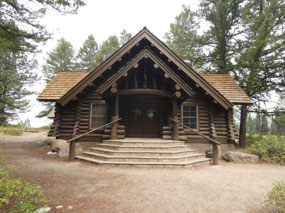
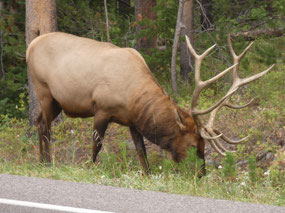
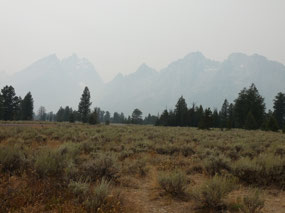
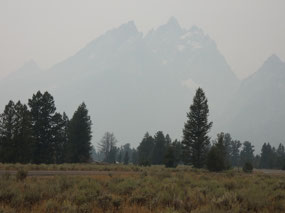
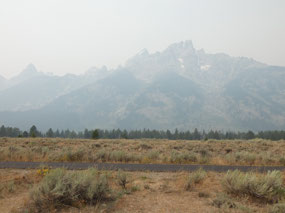
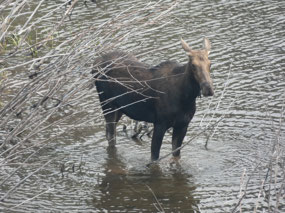
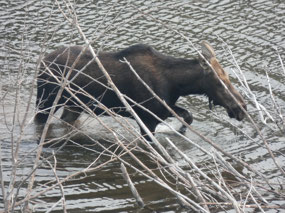
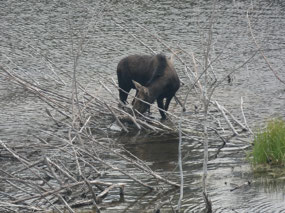
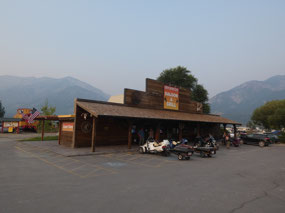
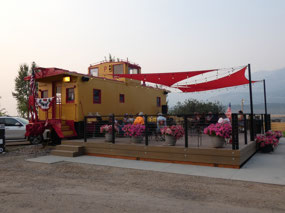
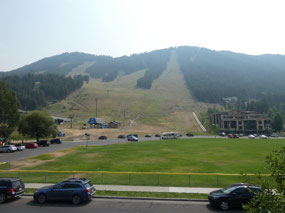

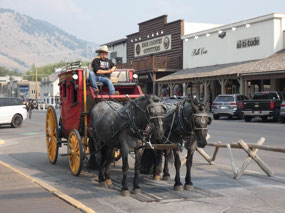
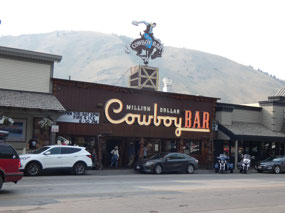


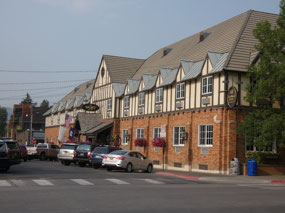
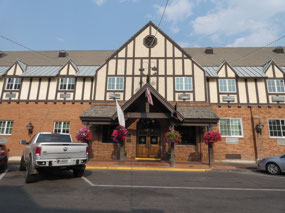
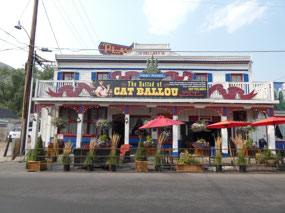
2025-05-22